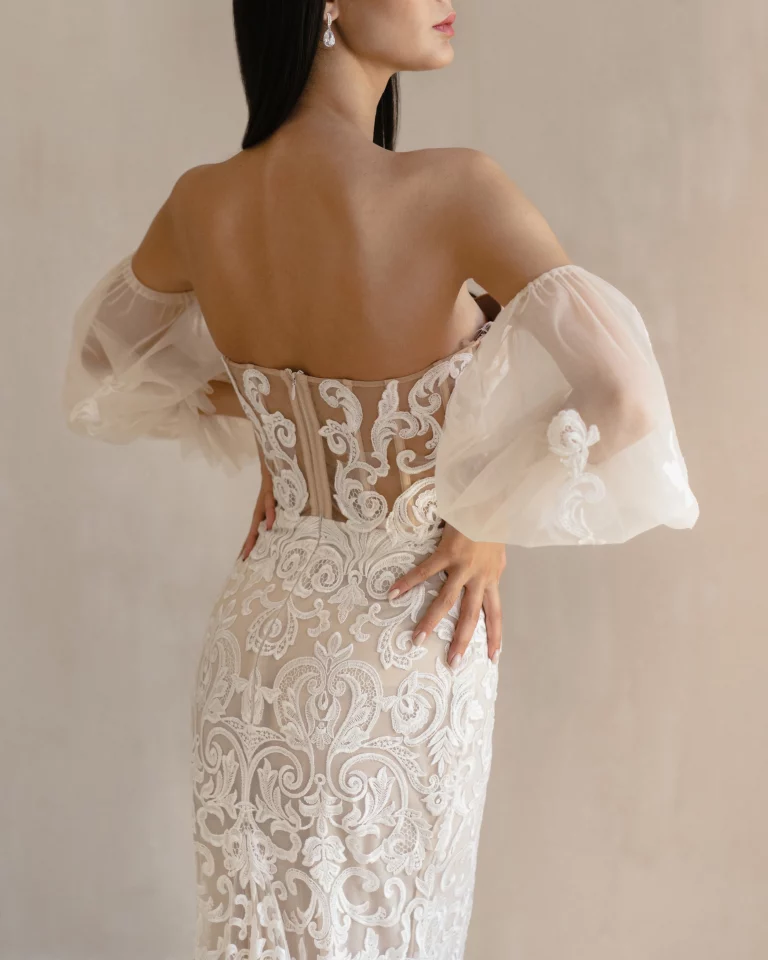
As we know, intensely hot days are coming up. It’s time to swap our wardrobes to beat the scorching summer temperatures. The Secret is only “Lightweight Fabrics for Summer” which provide us airflow, absorb moisture, and feel soft and comfortable on the skin.
While dressing for the heat can feel challenging, it’s possible to stay cool without sacrificing your style (or breaking the bank). Ahead, we outline Lightweight Fabrics for Summer to help you look and feel your best all summer long, along with expert tips and styling suggestions.
What Does Breathable Fabric Mean?
There is a method to figuring out which clothes are ideal to wear when it’s warm. Fashion stylists and designers utilize math to figure out which textiles let air through the most.
So, how do you figure out how breathable something is? The moisture vapor transfer rate (MVTR) tells you how fast moisture and heat pass through the fabric and into the air.
The Most Breathable Fabrics
There are several Lightweight Fabrics for Summer to pick from, such as cotton, linen, bamboo, and even merino wool, which is surprising.
It’s a good idea to check clothing labels and pick clothes that fit well, but if you really want to stay cool in the heat, here’s a tip: dark colours soak up heat. So, no matter what kind of cloth you wear, you should always choose lighter colours that reflect the sun. Lauren says, “Choose light-colored clothes, like white crewneck T-shirts, tanks, or linen button-ups.” “Leave your blazers open and think about rolling up your sleeves to let in more air.”
Cotton
Cotton is a natural, Lightweight Fabrics for Summer that works well in any weather all year. It lets air flow freely through the fabric, which keeps you cool and dry while you relax outside. Cotton is also a good choice for persons with sensitive skin because it is not likely to cause allergies.
Tip:If you don’t want your clothes to shrink, don’t use the dryer. To maintain your cotton items in great shape, wash them in cold water and hang them up to dry. Think about washing by hand for fragile things.
Rayon
Rayon is a great fabric for places where the heat is dry. It soaks up perspiration, dries rapidly, and doesn’t stick to things, which lets air flow. This fabric frequently has a thinner thread, so it’s a good choice if you want to wear something nicer to a special event like an outdoor wedding.
Tip: Rayon is light, but fabric doesn’t do a good job of wicking moisture away from your skin.

Linen
Linen and cotton are great choices for Lightweight Fabrics for summer because they breathe well. Linen is a natural fibre manufactured from flax that has a loose weave that lets air flow through it. You may wear linen in any weather because it is comfortable and lasts a long time. A linen garment is a terrific long-term investment because it grows softer the more you wear it.
Tip: Spray water on your linen items and smooth out the creases with your hand to get rid of them.
Micromodal
Does modal fabric let air through? Yes! Modal, often called micromodal, is a soft, long-lasting type of rayon that is typically used in pants. Modal is a fantastic choice for Lightweight Fabrics for Summer because it is light and airy and has a silky, breathable texture.
Merino Wool
Merino wool has the unusual ability to keep you warm in the winter and cool in the summer, despite the fact that it can appear like an unexpected choice for the summer. It is a fantastic year-round wardrobe essential because of its thermo-regulating properties. While summer-weight merino wool doesn’t wrinkle like cotton or linen, it can keep you cool, dry, and odor-free.
Chambray
Despite having a finer weave and a significantly higher thread count, chambray is frequently confused with denim. Cotton fibers give this airy, casual fabric its softness and breathability. Even though denim, the more resilient relative of chambray, isn’t usually thought of as summery, Lauren still uses it. “Denim can even be incorporated through third pieces like vests or in accessories like hats.”
Viscose
Another excellent option for a warm afternoon excursion is viscose. Made from natural materials like wood chips and bamboo, it is a strong and lightweight material.

Bamboo
Bamboo is a great choice for people with sensitive skin because it is an all-natural, hypoallergenic fabric. Additionally, it contains antimicrobial properties, so even after many hours of use, odors are unlikely to remain. Bamboo is incredibly effective at absorbing moisture, which will keep your skin dry in the heat while also blocking 97.5% of the sun’s damaging UV rays.
Moisture-Wicking Fabrics
Polyester and nylon are two examples of blended synthetic fabrics that are often used to manufacture sportswear because they wick away sweat. Natural fibers soak up sweat and take longer to dry, but synthetic blends let sweat escape from the surface of the cloth. When you go trekking or do yoga, it’s nice to wear clothes that wick away moisture. Blended textiles are great for traveling to humid places since they are easy to wash and dry, keep their form, and don’t wrinkle easily.
Tip: When washing clothes made of synthetic blends, don’t use fabric sheets or softeners. These kinds of chemicals might clog the fabric and make it less able to wick away moisture.
Which Fabrics to Avoid in Warm Weather
The closer a piece of clothing is to your skin, the more it will make you sweat. That’s why denim, nylon, spandex, and polyester aren’t the best choices for clothes to wear while it’s warm outside. Even if the fabric is light, a tight weave will also trap moisture under your clothes. Lauren says, “I love leather more than anything else, but not when it’s humid.” “Leather and satin should not be worn in hot weather because they are too thick and don’t let air flow, which can cause discomfort and visible sweat stains.”
Check the labels on your clothes often to see what kind of fabric they are made of so you can stay cool in the heat. Even when it’s hot outside, a fabric that lets air through can make your next trip, workout, or special occasion more fun.


